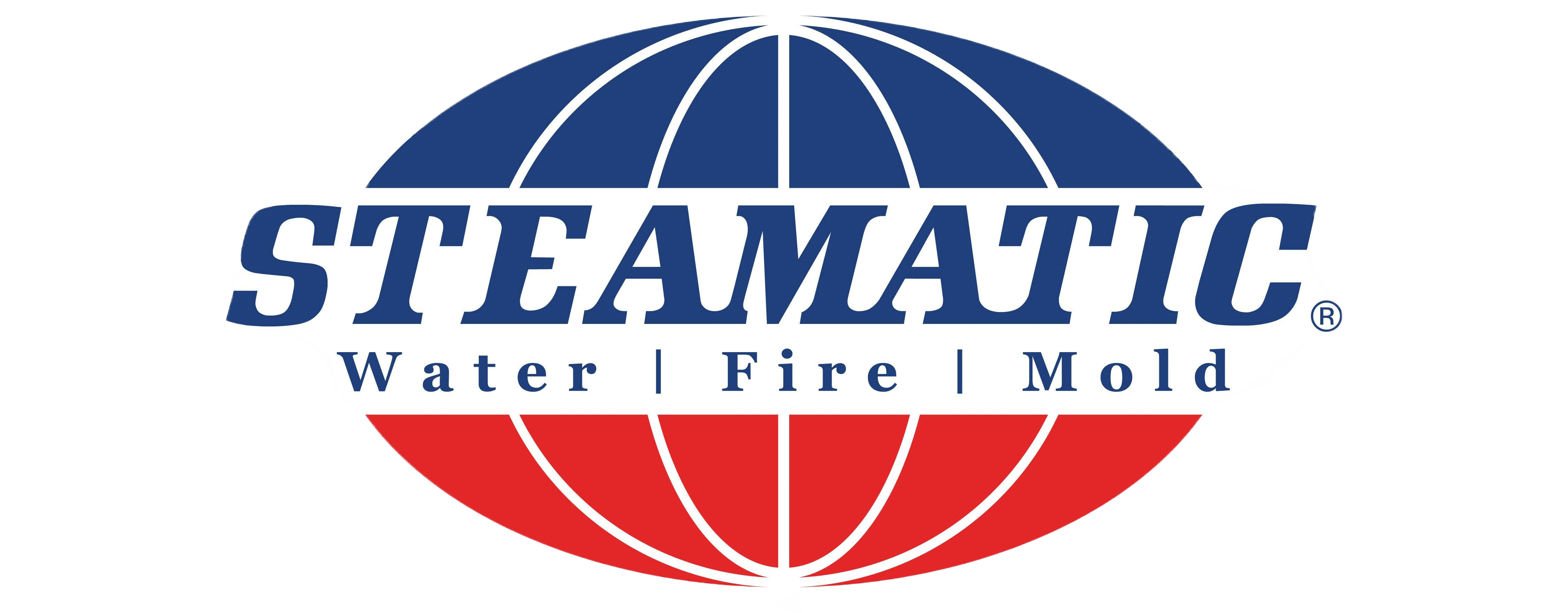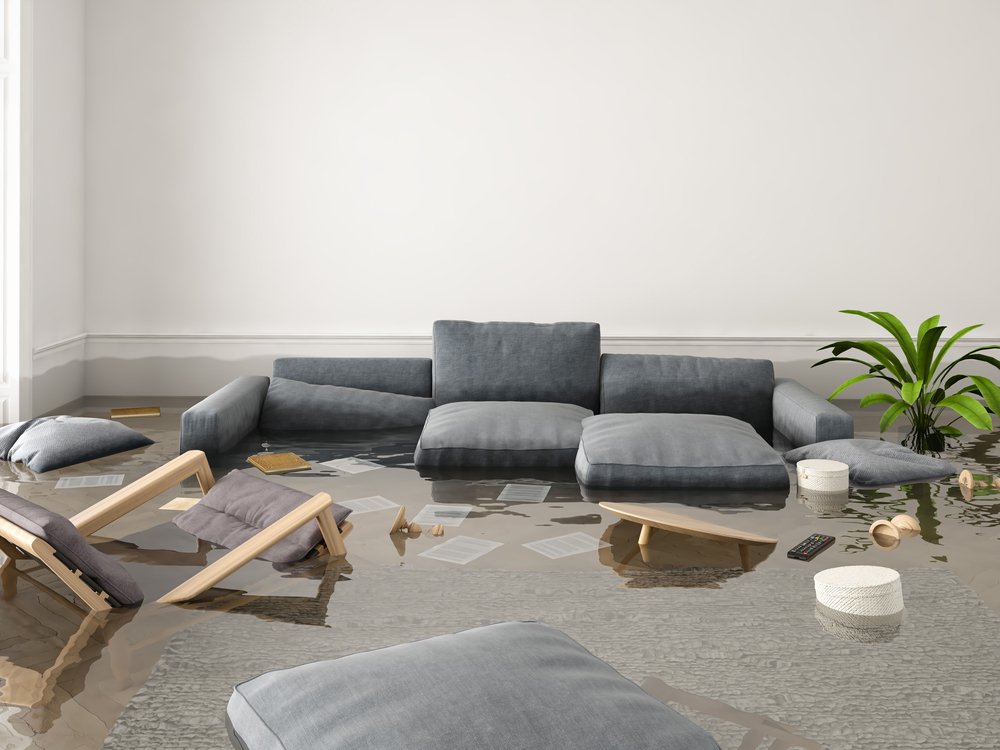“Does wet carpet have to be replaced?” This is a question that has undoubtedly been asked by almost every homeowner at some point. Water damage is something that most families have to face eventually. About 14,000 Americans have a water damage emergency every day, and 98% of basements will have some kind of water-related emergency. The good news is that knowing what to do after carpet water damage can save you a lot of money.
What Are the Most Common Sources of Water Damage in the Home?
Sometimes, carpet water damage occurs quickly. Other times, leaks cause damage slowly to the underlying padding. What can cause it?
-
- Roof leaks
- Leaking or burst pipes
- Damaged appliances (e.g., water heater or washing machine)
- Sump pump not working
- Flooding
- Septic system problems
- Overflowing toilets
- Clogged drains
If you notice water damage or standing water on carpet, you need to act immediately. Does this include tearing out flooded carpet?
When Should You Replace Water-Damaged Carpeting?
As carpet restoration experts in the Red River Valley, ND, our team can deep clean and disinfect carpeting. Our water damage carpet cleaning uses hot-water extraction to kill germs in carpets and leave them fluffy and fresh. After a natural disaster — such as a tree falling on your home — we can often leave carpeting, wood flooring, furniture, clothing, and other valuable possessions like new. That said, there are times when replacement is a better option because of carpet damage.
1. Extensive Water Damage
A small amount of water from a DIY appliance repair gone wrong is different from flooded carpet in every room. The more water you have on your carpet, the wetter your carpet backing, subfloor, and underlying structures get. This adds to the time and expense of getting materials completely dry. Carpeting may look dry on the surface but getting moisture from carpet pads and floorboards is more difficult.
2. Water on Carpet for More Than 24 to 48 Hours
It only takes 24–48 hours for mold and mildew to start growing on damp surfaces. You can tell because carpeting and other surfaces begin to have a musty smell and dark spots. Once you have mold in carpet from water damage, it’s nearly impossible to eradicate completely. Most homeowners opt to replace carpets and other affected items when mold is present.
3. Sewer Backup or Flooding
Another factor to consider is the type of carpet water damage that happened. When flooding comes from clean sources, it’s often possible to recover your carpets completely — as long as you contact us ASAP. This is the case with rainwater, burst water pipes, or sump pumps that stop working during a thunderstorm.
On the other hand, if the source of carpet damage is a backed-up toilet, floodwaters, or another type of wastewater, you should seriously consider replacing the carpets. Any time sewage or contaminated water is involved, harmful bacteria soak into carpets and carpet pads. This water can contain dangerous germs, chemicals, or toxins. It’s just not worth the risk.
4. Carpet Not Worth Salvaging
Getting rid of damaged carpeting can save you money during the cleanup process. Of course, if you have expensive throw rugs and prized family possessions, we’re happy to go the extra mile to restore them to their original beauty. But if you don’t care for the original carpeting, or you’ve been waiting for an excuse to change the home’s decor anyway, picking out a new carpet is the way to go.
5. Delicate Carpeting or Upholstery Materials
Some types of high-quality carpeting just aren’t the same after water damage. Even with water damage carpet cleaning, they may not look as beautiful anymore. Also, getting to the source of moisture to prevent mold requires cutting and lifting carpeting. To keep that seamless, wall-to-wall carpeting look, you may need to invest in a new carpet.
Why Is Carpet Water Damage Bad for Your Health?
Dangerous pathogens and toxins in contaminated water can make you sick. They stick around even after the carpets dry. You don’t want a harmful environment in your home, especially if you have babies or small children playing on the carpet. Clean carpeting is an essential part of a fresh-smelling, attractive, and healthy home.
Mold and mildew are other big risks from carpet water damage. Mold spores aren’t a joke. They affect your quality of life, especially if someone in your family has respiratory issues. People who have mold allergies, asthma, or chronic lung diseases can experience severe health problems. Even people who aren’t that sensitive to mold can experience symptoms such as itchy skin, coughing, and stuffy nose.
Can You Fix a Water-Damaged Carpet Yourself?
It’s best to leave carpet water damage, flood cleanup, and mold remediation to the professionals. You should never try to fix this type of problem yourself. Our water damage restoration experts in Fargo and Grand Forks work quickly and thoroughly, and we know exactly what areas need to be cleaned and how.
It’s not a good idea for you to breathe — let alone touch — mold spores in carpets. Don’t spend time in a flooded basement if you can avoid it. Call us immediately to handle the cleanup.
Another reason calling the pros is important is that getting rid of moisture completely is tricky. It requires training and certification. Otherwise, you may get the top of the carpet clean, but moisture and mold can secretly continue to grow in the backing, baseboards, and sheetrock.
Tips for Preventing Mold in Carpet From Water Damage
The best thing you can do for your home’s carpeting is prevent water damage in the first place. What can you do? Follow these helpful carpet water damage tips:
-
- Stop the water damage ASAP: Call a plumber right away to repair broken pipes or have storm damage restoration pros cover broken windows.
- Call our water damage team immediately: Don’t wait until the next day. We’re on call 24/7 for a reason. The faster we get rid of excess water on the carpet, the lower the chance of mold or carpet damage.
- Deal with humidity in the home: If your home is too humid, mold can grow gradually. Purchasing a dehumidifier can help.
- Don’t try to vacuum water yourself: Using a regular vacuum with water is dangerous. A shop vac can help remove standing water, but it doesn’t solve the real problem — moisture damage underneath the carpet.
What To Do About Carpet Water Damage
Ignoring carpet water damage isn’t an option. If you see mold in carpet, it’s time to replace carpeting and carpet pads. If there is mold in walls, ceilings, structural areas, or AC ducts, you need to schedule professional mold remediation right away. Your family’s health depends on it.
With our water damage restoration professionals by your side, your family is in great hands. We can help you decide what to salvage and what to throw. Our team is detailed. At Steamatic of Red River Valley, we ensure every surface in your home looks, smells, and feels clean again.
Contact us right away in Red River Valley, North Dakota, for help. You can find other helpful tips on our blog.
REQUEST A SERVICE
NEW
Featured Image: 2M media/Shutterstock








